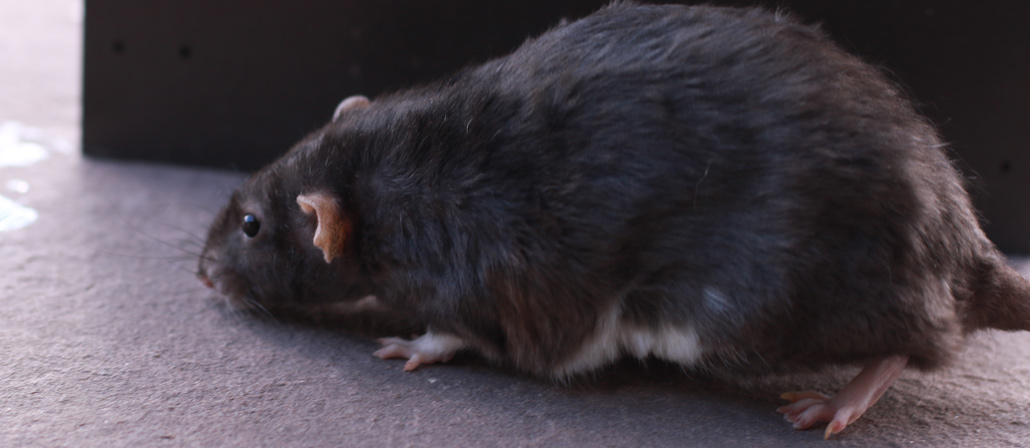- USA Wildlife Removal Education Guide - Biology of Black Rat
Biology of Black Rat

A typical black rat is 5.02–7.19 in long, including its tail, and weighs 4–12 oz when fully grown. Despite its name, the black rat is usually not black. Its coat is usually really dark brown to light brown with a lighter underside. In the wild black rats prefer to nest in burrows made from the ground litter (leaves twigs etc.) found on forest floors. In urban settings, they like the attics and upper floors of buildings, making nests from found litter, shredded paper, and insulation. Black rats can carry a number of diseases like bubonic plague, typhus, salmonella, and toxoplasmosis. They are also usually pest ridden, carrying fleas, and lice. In the wild, their natural predators are owls, and cats of all sizes.
Find out more: Will a rat in the attic have a nest of babies?
They have also been a tasty meal for coyotes, feral dogs, and other predator birds. These invasive pests are hard to get rid of once they move in. consult with your local professionals on ways to keep your home from being overrun. Keeping your yard free of clutter, yard debris, standing water, and trash will help deter these pests. You should keep all garbage in sealed containers, and pick up outside pet food and feed. Routinely check your home and building for cracks and holes that would allow black rats a way in to your home. Black rats are more interested in living in their natural habitat than in your home, but will always take advantage of food, water, and safe shelter.
Learn more: How to get rats out of the attic
If you need help, we service the entire USA! Click here for a wildlife removal specialist in your town!
Go back to the main Rat & Mouse Removal page for more information about Biology of Black Rat.

